The Sleep Cycle Mystery

Every cat owner has watched their furry friend twitch, chirp, or paddle their paws while deep in slumber. These movements aren’t random – they’re clues to a fascinating world that scientists have been studying for decades. Cats sleep an average of 12-16 hours per day, making them one of the sleepiest animals on the planet. But what’s really happening behind those closed eyelids? Research suggests that cats experience sleep stages remarkably similar to humans, including the dream-filled REM phase. When your cat’s whiskers twitch or their tail flicks during a nap, they might be chasing mice in their sleep.
REM Sleep in Felines
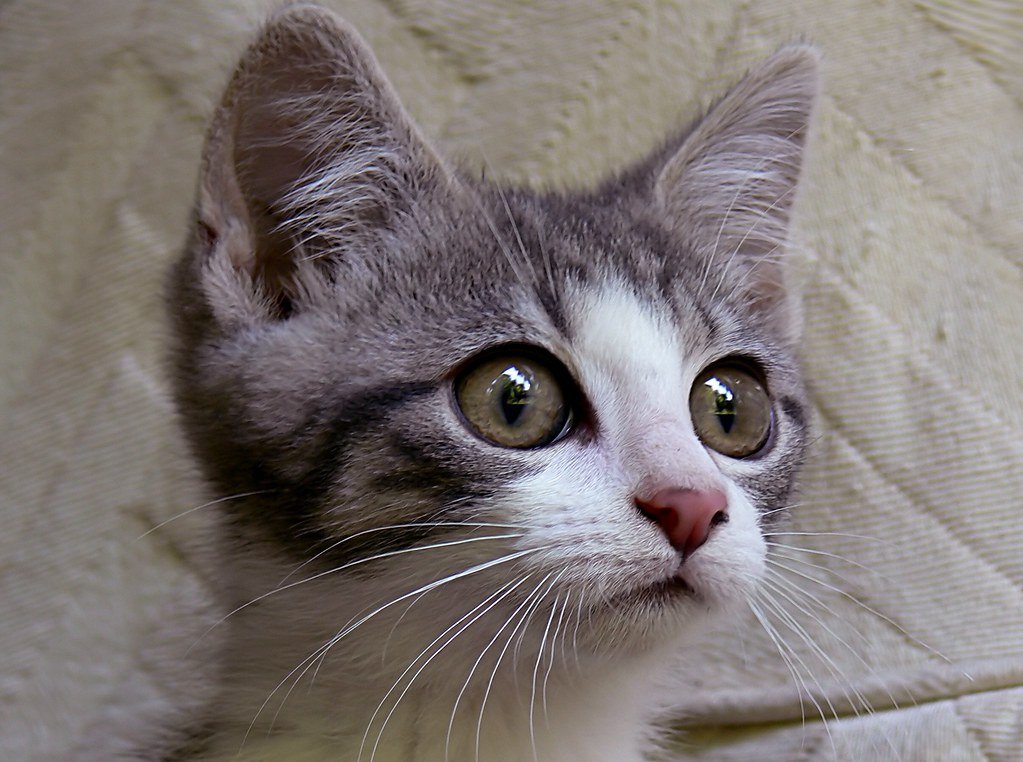
Just like humans, cats experience Rapid Eye Movement sleep, the stage most associated with vivid dreaming. During REM sleep, a cat’s brain activity spikes while their body becomes temporarily paralyzed to prevent them from acting out their dreams. Scientists have observed that cats spend about 15% of their sleep time in REM, compared to humans who spend roughly 20-25%. This paralysis isn’t perfect though – which explains why you might see subtle movements like paw twitching or soft meowing. The discovery of REM sleep in cats was groundbreaking because it suggested that dreaming isn’t unique to humans.
Brain Waves Tell the Story

Electroencephalogram (EEG) studies have revealed that sleeping cats show brain wave patterns strikingly similar to dreaming humans. These electrical signals in the brain change dramatically during different sleep phases. During light sleep, cats maintain some awareness of their surroundings – that’s why they can spring into action at the slightest sound. But during deep REM sleep, their brain waves look almost identical to those of a dreaming human. Scientists have recorded theta waves, the same type associated with human dreams and memory consolidation. This neurological evidence strongly supports the idea that cats do indeed dream.
What Do Cats Dream About?

While we can’t peek into a cat’s dreams directly, behavioral observations and brain studies offer intriguing clues. Researchers believe cats likely dream about familiar activities like hunting, playing, or interacting with their owners. The movements cats make during REM sleep often mirror their waking behaviors – stalking, pouncing, or grooming. Some cats appear to “hunt” in their dreams, with subtle head movements following imaginary prey. Others might dream about social interactions, as evidenced by soft purring or chirping sounds during sleep. The content of their dreams probably reflects their daily experiences, just like human dreams do.
The Hunting Dream Connection
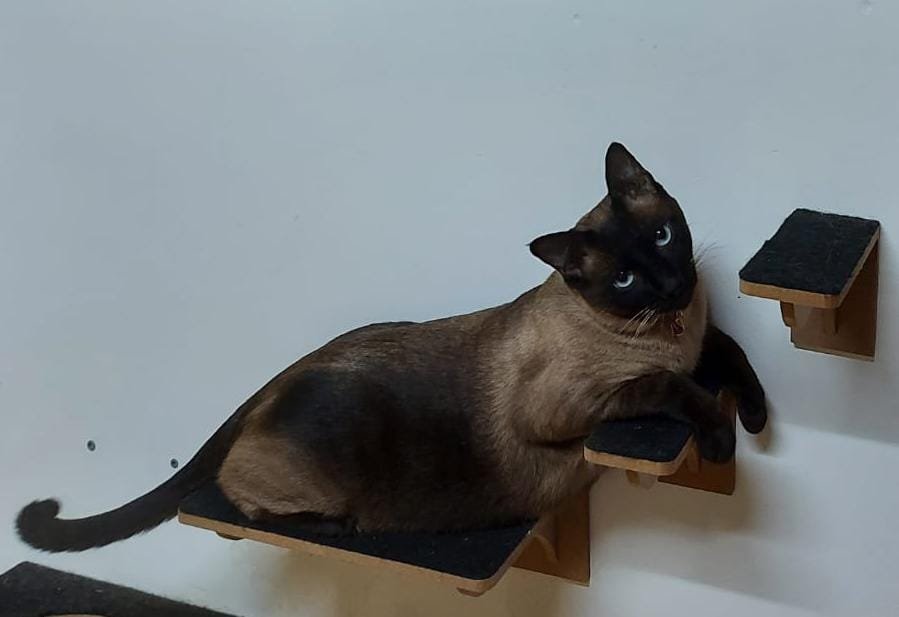
Many of the movements cats display during REM sleep resemble hunting behaviors, which makes perfect sense from an evolutionary standpoint. Even well-fed house cats retain strong hunting instincts, and these behaviors likely carry over into their dream world. You might notice your sleeping cat making small pouncing motions or their ears twitching as if tracking sound. Some cats even move their jaws as if biting prey during particularly vivid hunting dreams. This connection between dreams and survival behaviors suggests that dreaming might serve an important purpose in maintaining and practicing essential skills. It’s like a virtual training ground where cats can rehearse their natural instincts.
Sleep Positions and Dream Quality

The way your cat sleeps can actually influence their dream experience and how much REM sleep they get. Cats who feel completely safe and secure are more likely to enter deep REM sleep, where the most vivid dreaming occurs. When cats sleep curled up in a tight ball, they’re conserving heat but may not reach the deepest sleep stages as easily. Cats sprawled out on their backs or sides, showing their vulnerable belly, are displaying ultimate trust and comfort in their environment. This relaxed position allows for better blood flow and deeper sleep cycles. The “loaf” position – sitting with paws tucked under – indicates a light sleep state where they’re ready to spring into action if needed.
Age and Dreaming Patterns
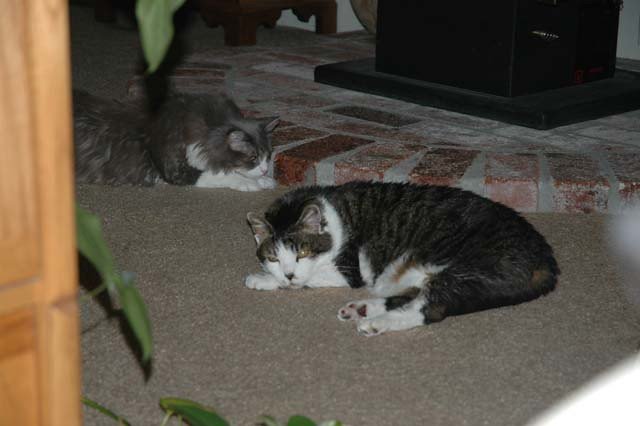
Just like humans, a cat’s age significantly affects their sleep and dreaming patterns. Kittens spend much more time in REM sleep than adult cats, sometimes up to 40% of their sleep time. This increased REM sleep is crucial for brain development and learning during their rapid growth phase. Senior cats, on the other hand, may experience changes in their sleep architecture, sometimes sleeping more but with less efficient REM cycles. Older cats might have more fragmented sleep, leading to different dreaming patterns. Young adult cats in their prime typically have the most consistent and robust REM sleep cycles, suggesting their dreams might be the most vivid and complex.
Signs Your Cat is Dreaming

Recognizing when your cat is dreaming is easier than you might think once you know what to look for. The most obvious sign is rapid eye movement beneath closed lids, though this can be subtle. Whisker twitching is another common indicator, as cats use their whiskers extensively while awake to navigate and hunt. Small vocalizations like chirping, chattering, or soft meowing often occur during dream states. Paw movements that look like running, kneading, or batting at invisible objects are telltale signs of dream activity. Some cats even show facial expressions during dreams, with subtle changes in their mouth or ear positions.
The Science Behind Cat Sleep Research

Studying cat dreams requires sophisticated equipment and careful observation techniques that have evolved significantly over the decades. Early research involved surgically removing the part of the brain that causes sleep paralysis in cats, allowing them to physically act out their dreams. While this provided valuable insights, modern research uses less invasive methods like EEG monitoring and behavioral observation. Sleep laboratories now use video recording combined with brain wave monitoring to study natural sleep behavior. Advanced imaging techniques can even show which parts of a cat’s brain are active during different sleep phases. These scientific methods have revolutionized our understanding of feline consciousness and dreaming.
Comparing Cat Dreams to Human Dreams
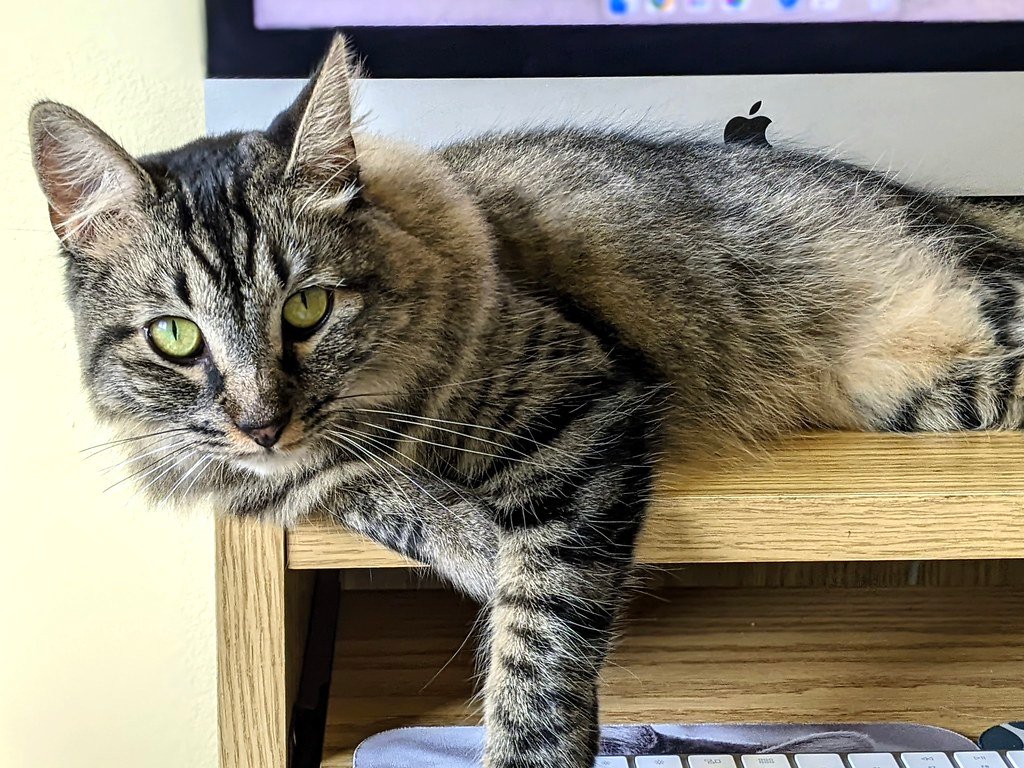
The similarities between cat and human dreaming are remarkable, but there are also fascinating differences. Both species experience REM sleep with similar brain wave patterns and temporary muscle paralysis. However, cats enter REM sleep much faster than humans – sometimes within just a few minutes of falling asleep. While humans typically dream in complex narratives with emotional depth, cat dreams likely focus more on sensory experiences and instinctual behaviors. Cats also have much shorter REM cycles, usually lasting only a few minutes compared to human REM periods that can extend for 30 minutes or more. The content of cat dreams probably lacks the abstract thinking and future planning that characterizes many human dreams.
Indoor vs Outdoor Cat Dreaming

The lifestyle differences between indoor and outdoor cats may actually influence their dream content and sleep patterns. Outdoor cats face more stimulation, dangers, and varied experiences during their waking hours, which could lead to more complex and varied dreams. They might dream about territorial disputes, weather challenges, or encounters with other animals. Indoor cats, while living safer lives, might have dreams focused more on play, routine activities, or interactions with their human family. However, indoor cats often sleep more soundly and for longer periods, potentially allowing for more complete sleep cycles. Some indoor cats show signs of dreaming about outdoor activities they’ve never experienced, suggesting that genetic memories or instincts play a role in dream content.
The Role of Memory in Cat Dreams
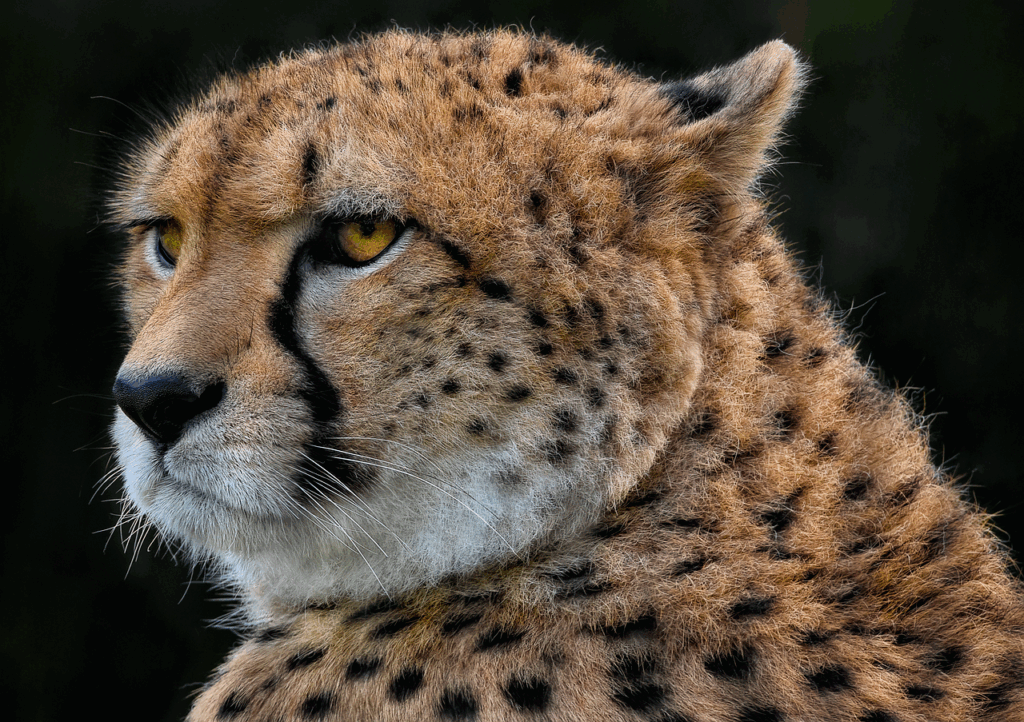
Dreams appear to play a crucial role in memory consolidation for cats, just as they do for humans. During REM sleep, cats likely process and organize the day’s experiences, strengthening important memories and discarding unnecessary information. This might explain why cats who learn new skills or experience significant changes in their environment sometimes show increased dream activity. Researchers have observed that cats exposed to new toys or environments during the day often display more active REM sleep that night. The dreaming process might help cats integrate new information with existing knowledge, improving their ability to navigate their world. This memory consolidation function suggests that dreams aren’t just random brain activity but serve an important cognitive purpose.
Nightmares in Cats

While we think of dreams as pleasant experiences, cats can also experience what appears to be nightmares or disturbing dreams. Cats who’ve experienced trauma, stress, or significant changes in their environment might show signs of troubled sleep. These might include more restless movements, distressed vocalizations, or sudden awakening from deep sleep. Some cats who’ve had negative experiences with veterinary visits or moves to new homes show sleep disturbances that could indicate anxiety dreams. However, most cat dreams appear to be neutral or positive, reflecting their generally content daily experiences. If a cat consistently shows signs of disturbed sleep, it might indicate underlying stress or health issues that warrant attention.
Sleep Disorders and Dream Disruption

Just like humans, cats can suffer from sleep disorders that affect their ability to dream normally. Sleep apnea, though rare in cats, can disrupt REM cycles and reduce dream quality. Certain medications or medical conditions can also impact sleep architecture and dreaming patterns. Cats with neurological conditions might experience abnormal REM sleep or even act out their dreams due to incomplete muscle paralysis. Senior cats sometimes develop cognitive dysfunction that affects their sleep-wake cycles and potentially their dreaming. Pain or discomfort from arthritis or other conditions can fragment sleep, reducing the time spent in restorative REM phases where most dreaming occurs.
Creating the Perfect Dream Environment

Helping your cat achieve quality sleep and potentially better dreams involves creating an environment that promotes security and comfort. A quiet, comfortable sleeping area away from household disturbances allows for deeper sleep cycles. Maintaining consistent temperatures helps cats reach the deeper sleep stages necessary for REM dreaming. Providing multiple sleeping options – from cozy enclosed beds to sunny windowsills – lets cats choose what feels most secure for deep sleep. Regular play sessions during the day can lead to more satisfying sleep and potentially more active dreams at night. Reducing stress through routine and environmental enrichment likely contributes to more peaceful sleep and positive dream experiences.
The Future of Cat Dream Research

Advanced technology is opening new frontiers in understanding cat consciousness and dreaming. Researchers are developing less invasive ways to monitor brain activity during sleep, including wireless EEG systems that allow cats to sleep naturally. Virtual reality and brain imaging technologies might eventually allow scientists to better understand what cats actually experience during dreams. Some researchers are exploring whether cats dream in color or primarily in black and white, similar to ongoing debates about human dream imagery. Genetic studies might reveal how dreaming patterns evolved in different cat breeds and wild feline species. These technological advances could revolutionize our understanding of animal consciousness and the universal nature of dreaming across species.
The next time you watch your cat’s whiskers twitch during their afternoon nap, remember that you’re witnessing one of nature’s most fascinating phenomena – a mind at work even in sleep, processing the day’s adventures and perhaps rehearsing tomorrow’s hunts. What dreams might be dancing through their sleeping mind right now?
Hi, I’m Bola, a passionate writer and creative strategist with a knack for crafting compelling content that educates, inspires, and connects. Over the years, I’ve honed my skills across various writing fields, including content creation, copywriting, online course development, and video scriptwriting.
When I’m not at my desk, you’ll find me exploring new ideas, reading books, or brainstorming creative ways to solve challenges. I believe that words have the power to transform, and I’m here to help you leverage that power for success.
Thanks for stopping by, Keep coming to this website to checkout new articles form me. You’d always love it!






